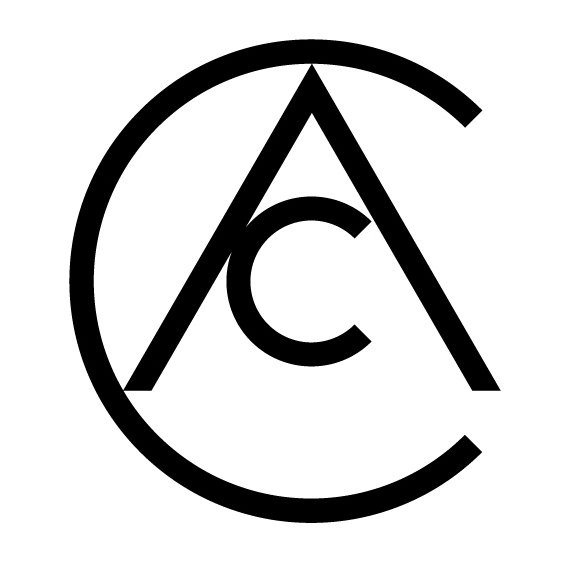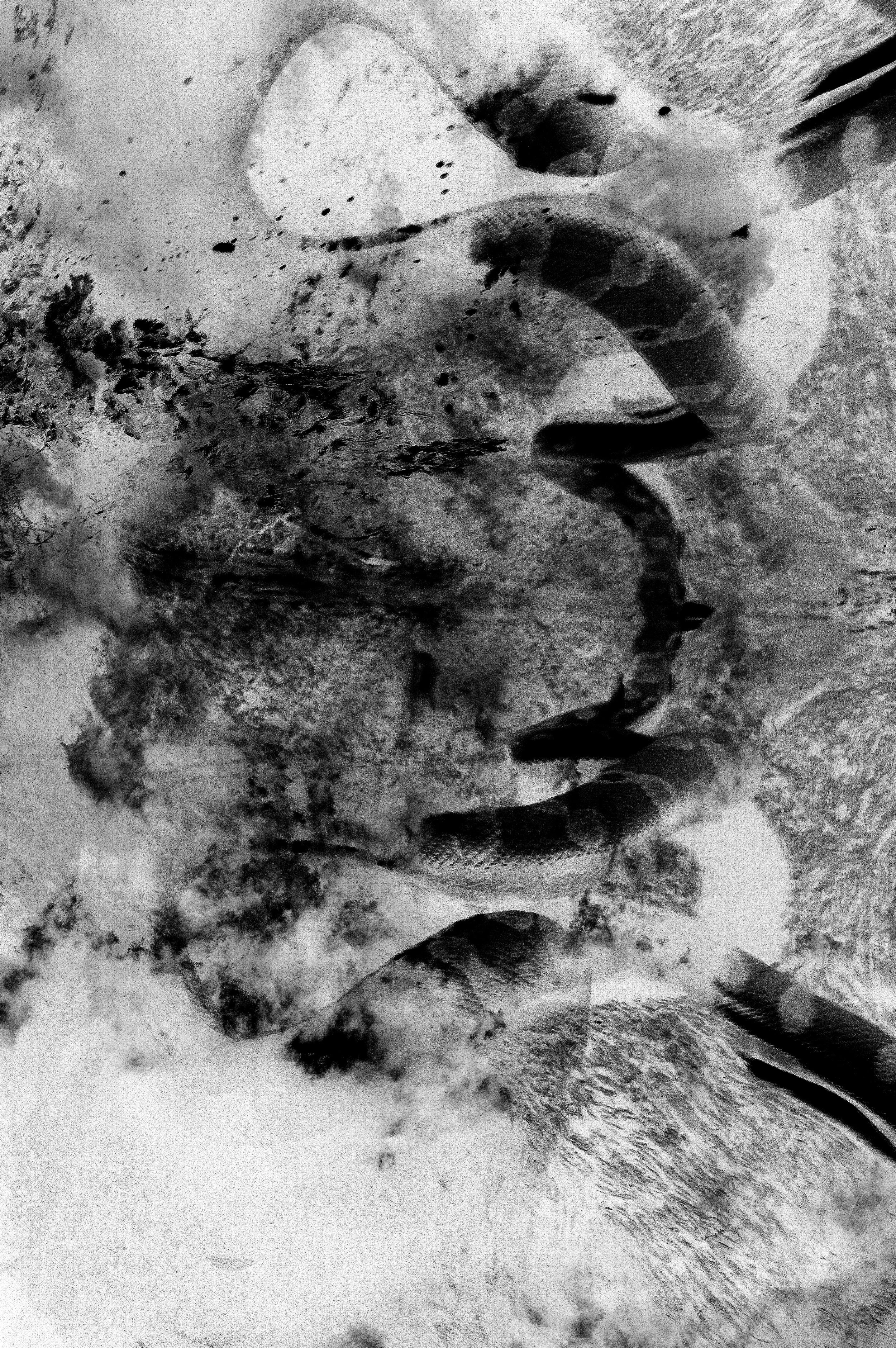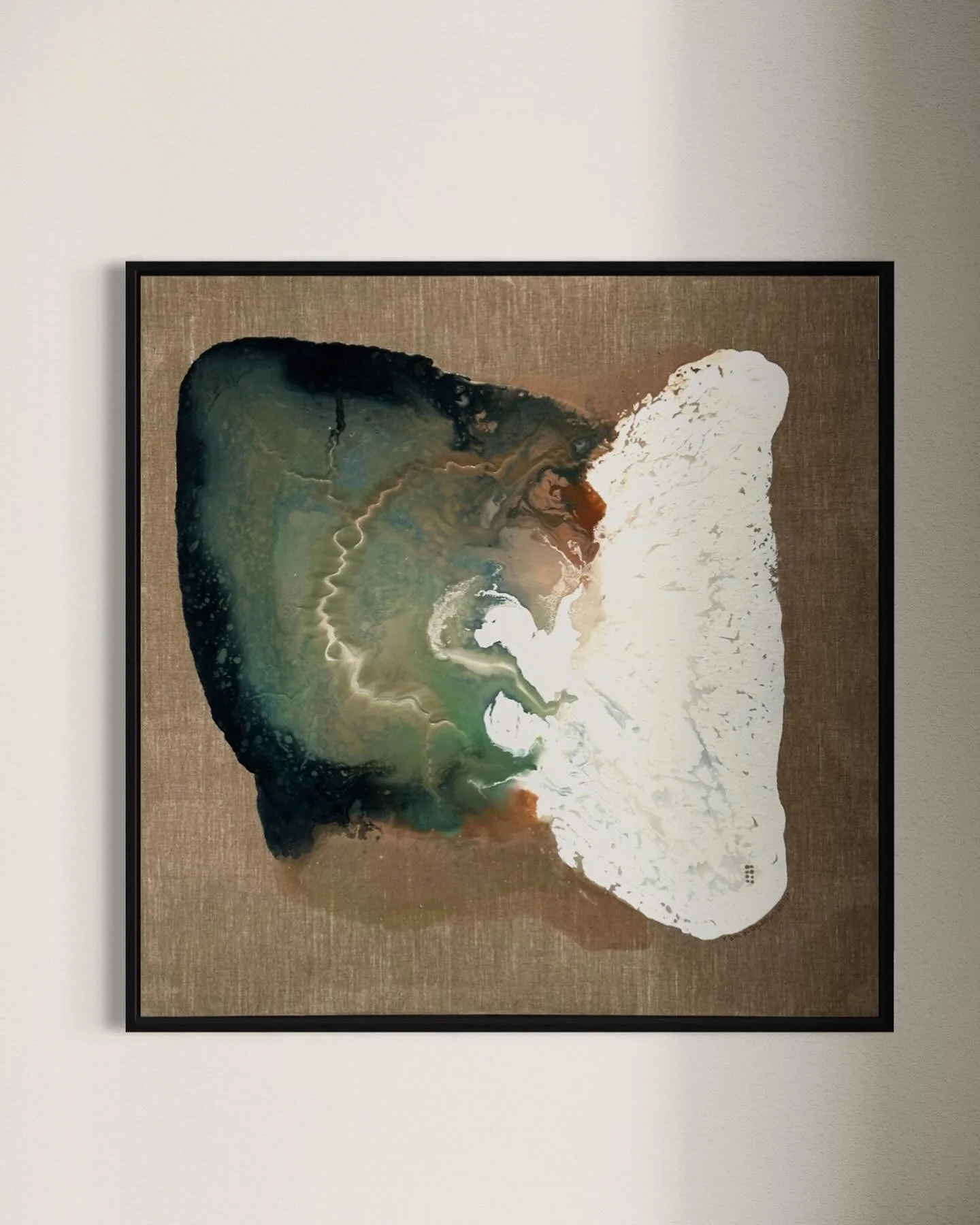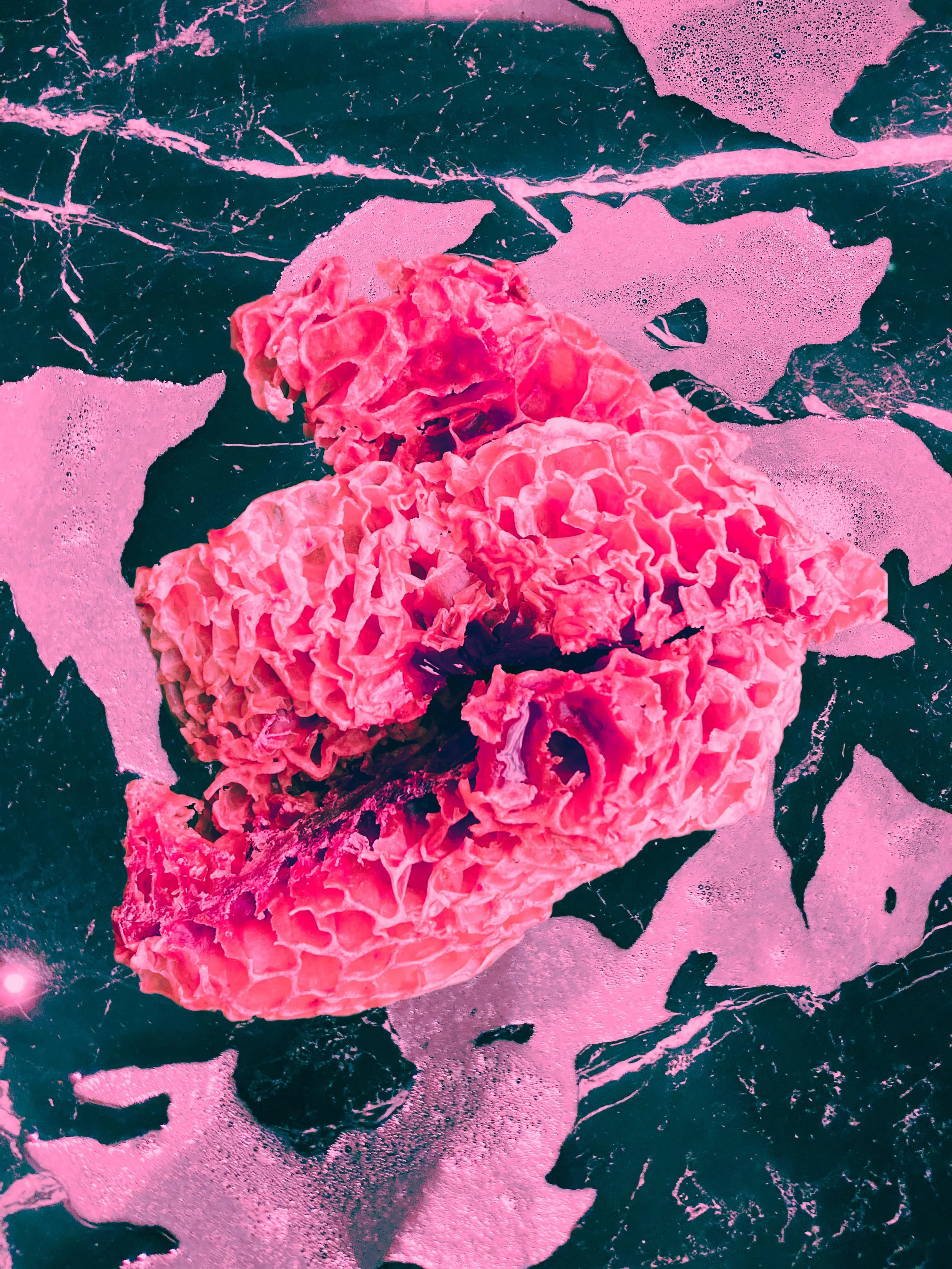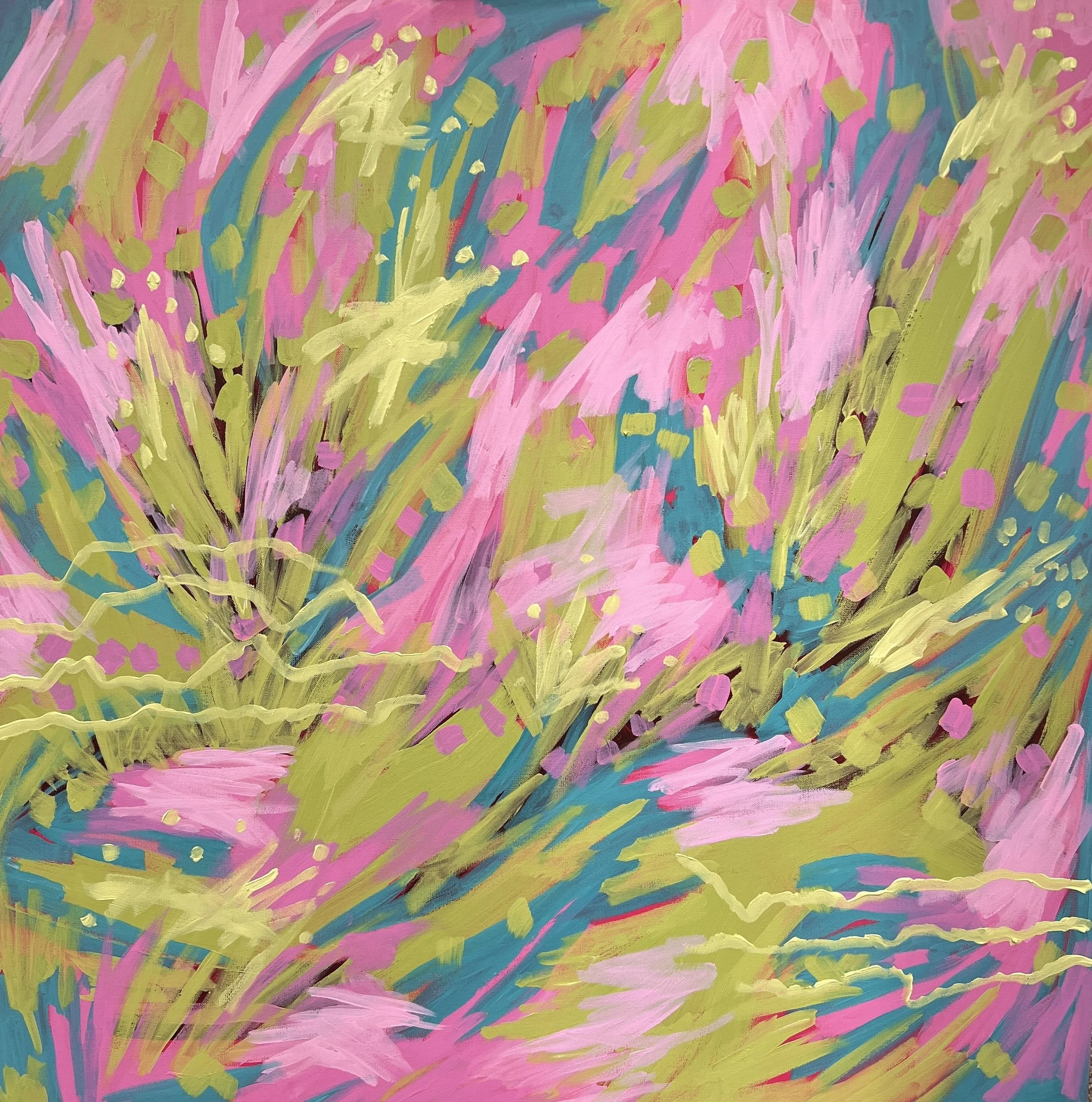Your work navigates between consciousness and the subconscious. How do you prepare yourself mentally and emotionally to capture these fleeting states in your photography?
I am strongly guided by my intuition both during photography and image processing. I don't think about the result I'm aiming for, but work in a processual and associative way, picking up on spontaneously emerging ideas and impulses. The creative process in my work mainly takes place during image processing. There, too, I intuitively access my collected image material and edit and change it by following spontaneous impulses. The result, i.e. the finished picture, is never planned, but always surprising for me, which makes and keeps the artistic work exciting for me.
